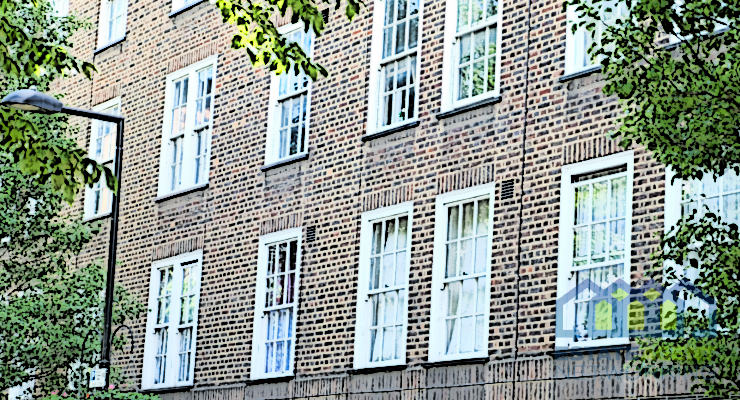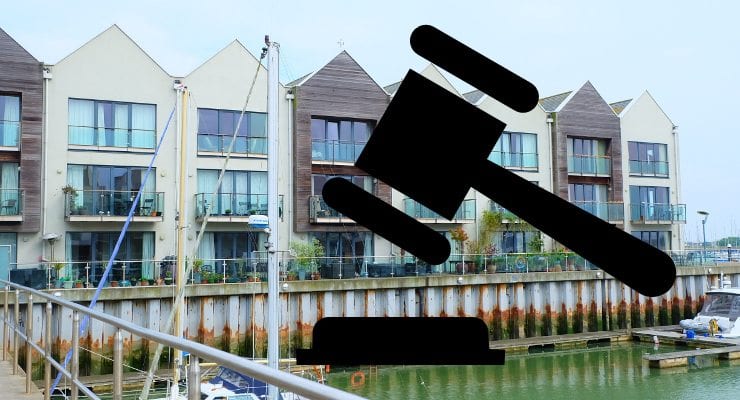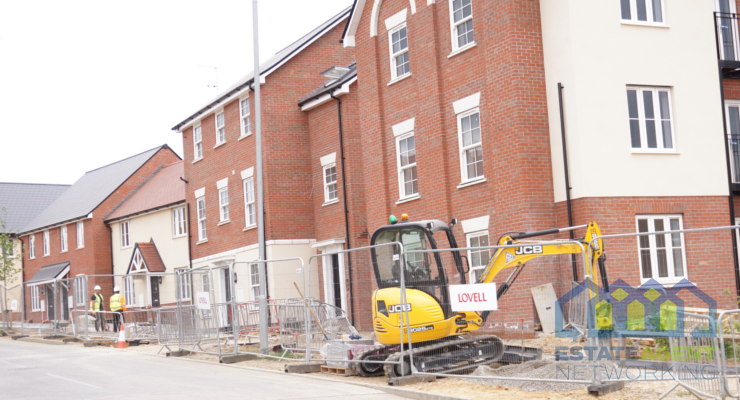Why some Historic Buildings have Bricked Up Windows
Have you ever seen an historic building that appears to have one or more of the window openings bricked / blocked up? These are usually neat in how they appear, rendered over neatly as opposed to breeze blocks with untidy mortar joints, though nonetheless quite evident that within the original build of the house there would have once been a window. Mostly larger property you will note this on, it could simply be one window which was bricked or at times several to include one within the property frontage and usually on the sides also.
So why are these window openings now blocked up? Well we can blame William III for this way back in 1696 when a window tax was introduced (said to have been introduced so to cover revenue lost by the clipping of coinage)! What this taxation did was to burden out the tax to those who could afford, ie those with bigger homes thus more likely to have plenty of windows. Property with less that 10 windows were exempt from paying and the more windows you had the more you had to pay per window (For example, for a house in 1747 with ten to 14 windows, the tax was 6d per window; it increased to 9d with more windows.) This taxation system did not always work out well for all situations as some larger tenanted property with multiple rooms / apartments also saw heavy taxes due for windows which the landlord had to pay and simply passed the costs on to their tenants.
We all hate paying taxes and many people looked at avoiding the payments and this is where the blocked windows we see today happened as such – People started to brick up windows to reduce their costs which in turn also reduced the amount of windows added to new build property at the time.
Though highly unpopular, the window tax lasted until 1851 where it was final dismissed following research and demands from the medical professionals at the time who claimed that the lack of natural light and ventilation caused ill heath.
In 1850, Dickens wrote about the window tax in Household Words, a magazine that he published for a number of years:
“The adage ‘free as air’ has become obsolete by Act of Parliament. Neither air nor light have been free since the imposition of the window-tax. We are obliged to pay for what nature lavishly supplies to all, at so much per window per year; and the poor who cannot afford the expense are stinted in two of the most urgent necessities of life.”
Bytheway, a brick tax was introduced in 1784 during the reign of King George III, we will leave this story for another time…









